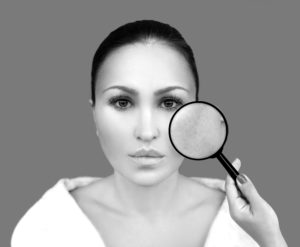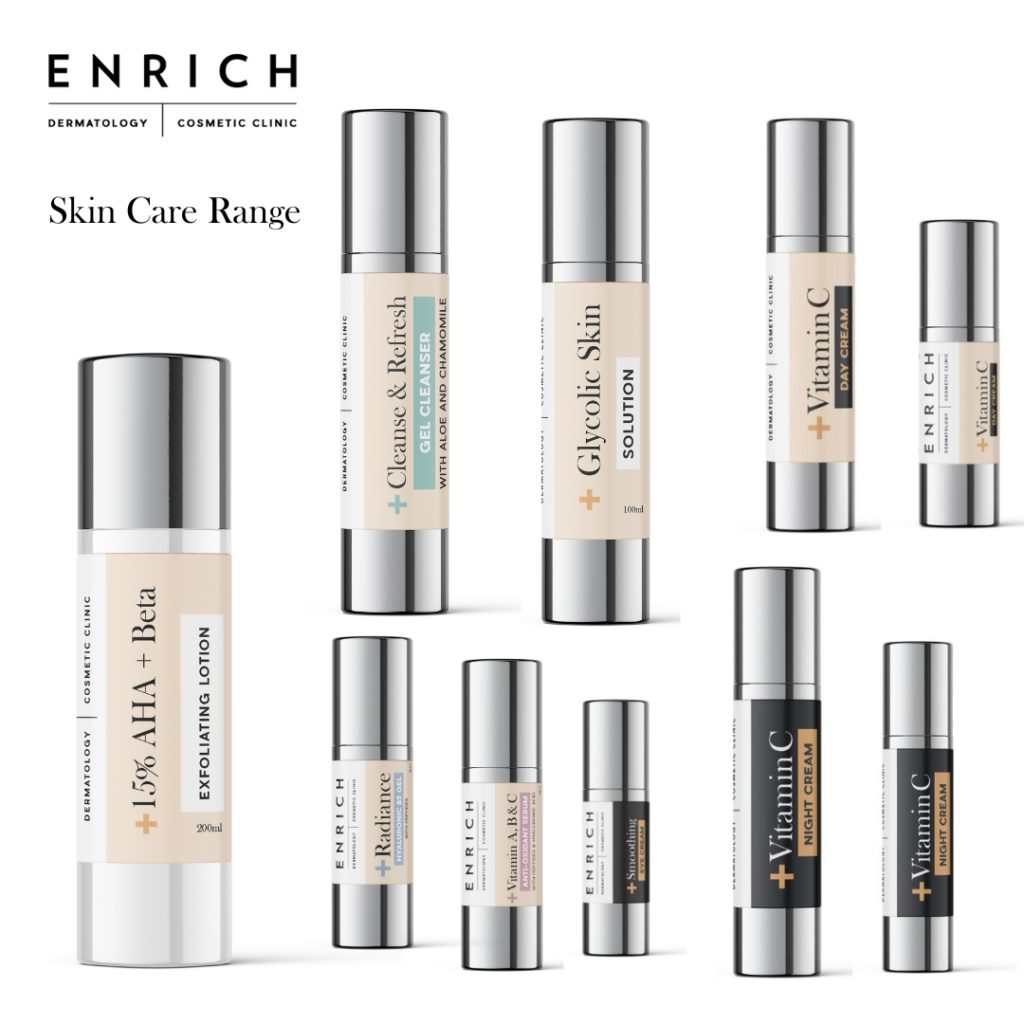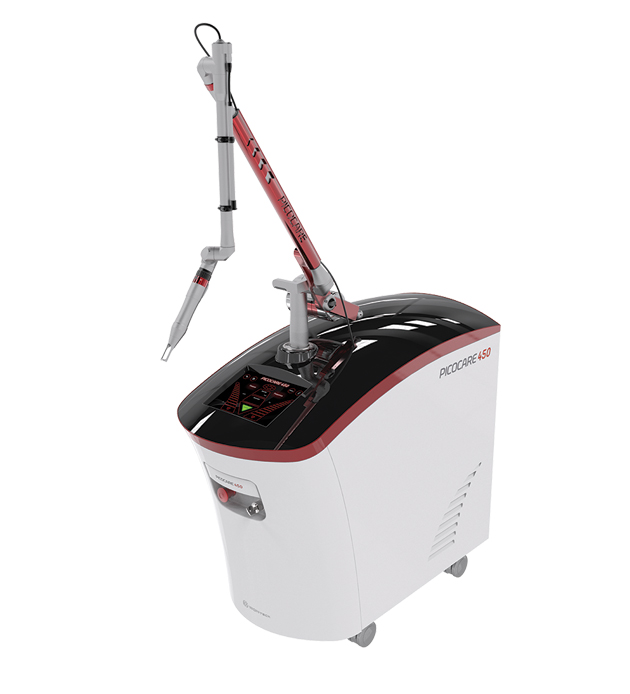There are a few sorts of pigmented spots that can appear on the skin, and while they might all seem similar, there are some key differences.
What is a freckle?
Freckles are small pigmented spots on the skin, usually less than 5mm in diameter. A freckle develops when a group of skin cells produce more pigmentation than the surrounding cells, though the freckle itself is usually evenly coloured.
A freckle’s colour can vary from light or dark brown, black or even red, but the freckle is always darker than the person’s skin.
Why do we make freckles?
Whether or not your skin makes freckles is genetic, with one known freckle gene: MCIR. If your parents are freckly, chances are you will be too, though by protecting your skin from the sun, you can reduce the development of freckles. Freckles appear due to the influence of UV rays on skin cells, but you must have the freckle gene, or you’ll remain freckle-less no matter how hard you try.

Freckles – a type of natural sunscreen
Melanin, produced by special skin cells, gives us our skin tones and tans but also makes freckles. Most people can develop visible freckles, even those with relatively dark skin, but anyone with maximum melanin production (very dark skin) won’t develop visible freckles.
These small darker spots act as a sort of sunscreen to protect the body by covering our outer layer with the tiny umbrella of melanin – a freckle. UV rays damage skin cells’ DNA, so the cell tries to shield itself by putting on a ‘hat’.
Freckles protect sun-sensitive skin and are not a sign of sun damage per se, though freckles can be a sign that you’re getting a lot of sun and perhaps need to consider adding more layers of protection. We get more freckles over time, though freckles do fade.
The difference between a freckle, age spot and sunspot
Sunspots tend to be much larger than freckles – up to two centimetres – and appear in key sun-slathered areas like the face, shoulders, arms and backs of the hands. Young people rarely have sunspots, as they’re a development primarily associated with sun exposure and age.
Sunspots are also called age spots, but their medical name is the delightful senile lentigines. You might hear an age or sun spot called a liver spot, but that’s because they were initially mistakenly believed to be caused by liver issues.
While freckles fade during winter, an age or sunspot does not, though they are both caused by UV exposure.
Freckles are cute; sunspots are not
There is a movement to capitalise on the beauty of natural freckles, though not everyone is as enthusiastic about sunspots and wrinkles.
The best solution for pigmented areas of skin is prevention, but naturally, this only works by avoiding unprotected UV exposure going forward. Freckles, in particular, tend to fade over time, so spots you have as a child or young adult may be gone by the time you reach your middle or old age due to cellular shedding. Sunspots, by contrast, develop late and do not tend to fade much.
At ENRICH Clinic in Melbourne, we have high-tech devices that work to remove or fade pigmented areas of the skin with a high degree of success. Because the pigment is on the outer layers of skin, we can gently remove skin cells to reveal fresh cells underneath that are unaffected by the pigmentation. Some pigmented areas will require multiple treatments.

We use several methods to remove skin cells, but two common strategies are laser microdermabrasion and chemical peels. Intense pulsed light (IPL), micro-needling and topical applications can also help to fade pigmentation.
How to recognise sun damage
Sun damage can appear in several forms but only develops over time – the sunburn you got as a teenager may show up later as evidence of sun damage: fine lines, wrinkles, freckles and sunspots.
Sun exposure can also result in skin cancers, so it’s essential to get regular skin checks and keep an eye out for freckles or moles that change shape, texture or colour. Neither freckles nor moles – or wrinkles for that matter – are dangerous in and of themselves.
How to treat sun-damaged or pigmented skin
If you’re unhappy with the look of your skin, there is plenty we can do to help. One of our main tools is laser treatments, whereby we can resurface the skin to a certain degree, literally vaporising the top layers.
Resurfacing has several functions. We remove the top layers of damaged, dry or dull skin, revealing fresh cells underneath. During the resurfacing process, the treatment provokes skin cells to produce collagen, which improves skin strength, tone and flexibility. The overall impact is fewer fine lines and wrinkles, clearer skin, a more even skin tone, and the complete removal of or fading of pigmented areas. If you’re not sure what options are available, we can help.
Contact us for a consultation
ENRICH Clinic








